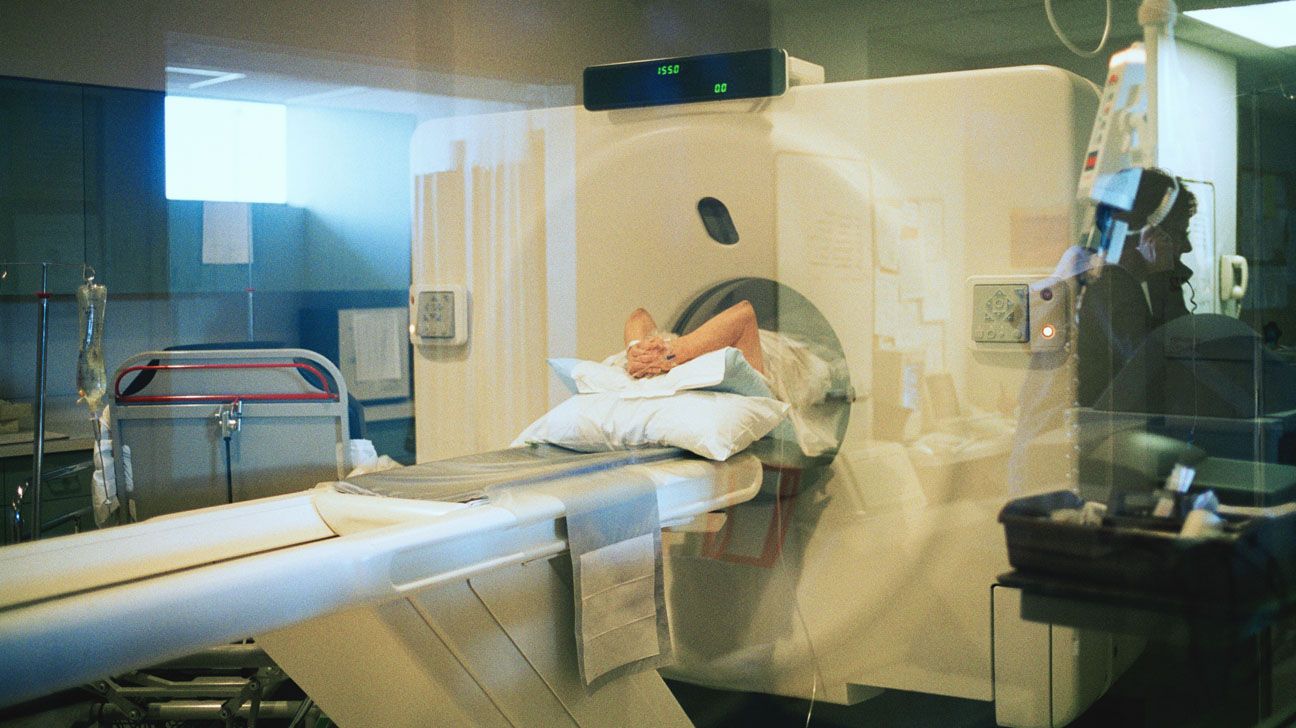
Share on Pinterest
- A recent study indicates that undergoing CT scans may slightly elevate the lifetime risk of developing cancer.
- Researchers emphasize that the cumulative impact of ionizing radiation over time should not be disregarded.
- However, many experts argue that the cancer risk associated with CT scans is minimal, and these imaging techniques play a crucial role in diagnosing various cancers.
A popular imaging technique, the CT scan, may pose a slight increase in cancer risk over an individual’s lifetime.
This finding comes from a study recently published in
Researchers from both the UK and the US suggest that CT scans could potentially lead to around 103,000 new cancer cases.
If this estimate holds true, it would imply that CT scans might be responsible for about 5% of all new cancer diagnoses in the United States.
The study notes a significant rise in the number of CT scans performed annually in the US, which has surged by over 30% since 2007.
While the technology is praised for its ability to detect cancers at an early stage, researchers have raised concerns regarding the long-term risks associated with low doses of ionizing radiation.
“CT scans can be lifesaving, yet their potential risks are frequently overlooked,” stated Dr. Rebecca Smith-Bindman, a radiologist and professor at the University of California San Francisco (UCSF), who led the study, in a press statement.
“Considering the high volume of CT scans utilized in the US, many more cancer cases could arise if current practices remain unchanged,” she added.
Engaging in discussions about the potential risks and benefits of CT scans is essential for individuals to fully understand their options. By having these conversations, patients can make informed decisions that help maximize advantages while minimizing potential downsides. Open communication allows individuals to evaluate their choices carefully and ensure that their healthcare aligns with their personal goals and priorities. These dialogues are crucial for navigating uncertainties and making decisions that will benefit individuals in the long run. Remember, fostering open discussions is vital in optimizing benefits while reducing risks.


